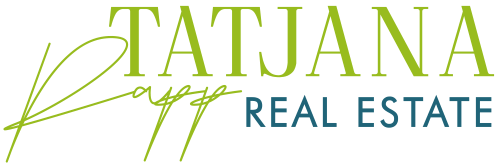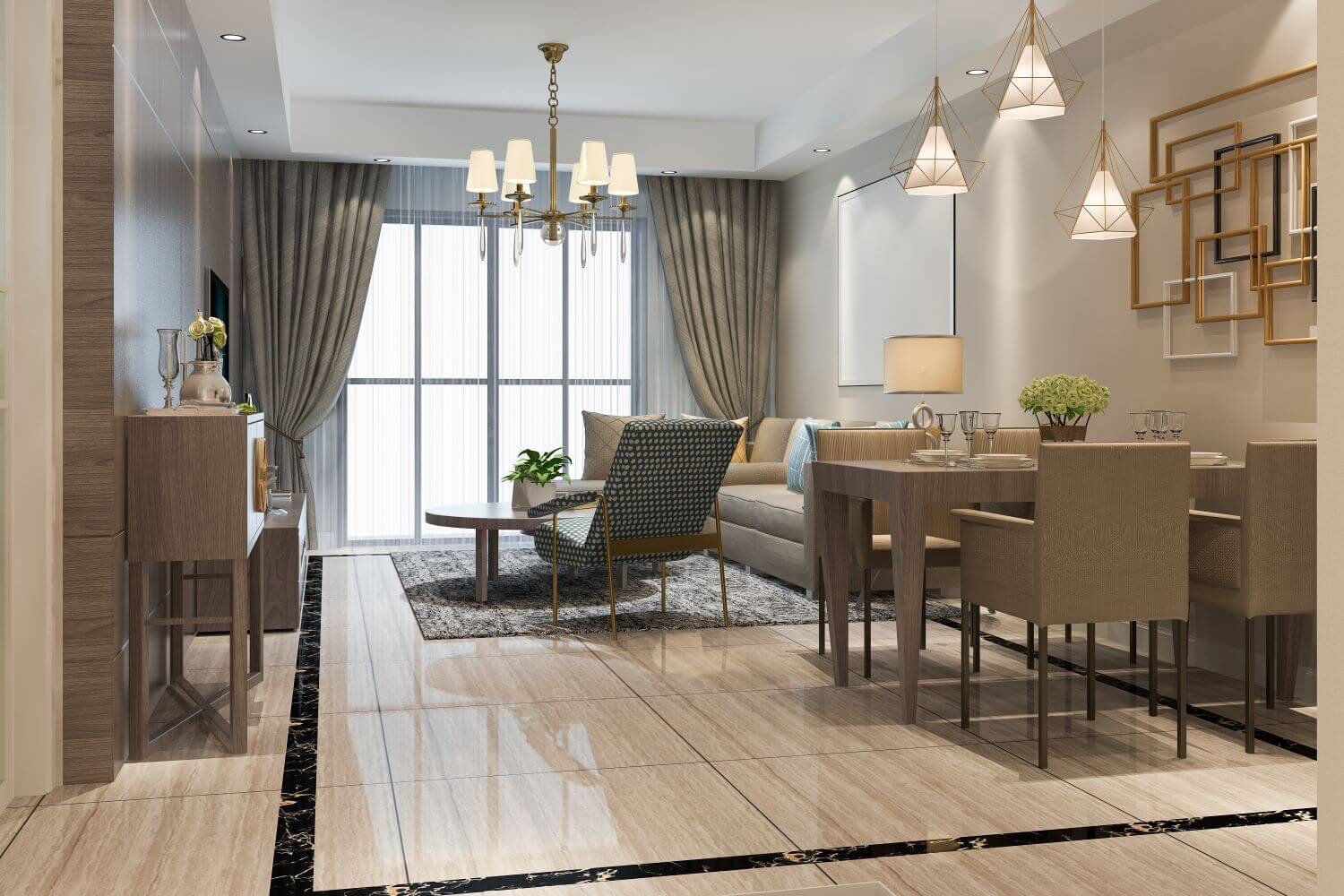At a Glance: The choice between building and buying in Windhoek comes down to a core trade-off. Buying an existing home offers speed, cost certainty, and the convenience of a move-in-ready property. Building a new home provides ultimate customization and a brand-new product but comes with a longer timeline, more complexity, and a higher potential for budget and schedule risks.
Build or Buy in Windhoek?
It’s a conversation that happens at kitchen tables across Windhoek. You’ve worked hard, saved diligently, and are ready to make one of the biggest investments of your life. But then comes the paralyzing question: what is the right path forward?
On one hand, there is the exciting, blank canvas of an empty plot (erf) in a developing estate like Finkenstein or a prestigious suburb like Auasblick. It represents your exact vision; every plug socket, every window, every finish chosen by you. On the other hand, there is the tangible certainty of an existing home in an established neighborhood like Klein Windhoek, with its mature garden, proven character, and the promise of being settled in just a few months.
This decision is about more than just a house; it’s about your finances, your timeline, and your tolerance for risk. Let's break down this high-stakes choice into a clear, strategic comparison to give you the confidence to move forward.
A Strategic Comparison for a Confident Decision
The Cost Factor: A Head-to-Head Breakdown
When you buy an existing home, the financial picture is relatively straightforward. You agree on a single purchase price. Your additional costs are predictable: transfer duties, legal fees, and bond registration costs calculated on that known price. It’s an all-in-one transaction that’s easy to budget for.
When you build, your costs come in multiple stages. First, you buy the erf, paying transfer duties on the land's value. Then comes the construction itself, typically budgeted on a per-square-meter basis. Finally, you have professional fees for architects and engineers, municipal connection fees, and landscaping costs. Most major Namibian banks, like FNB, offer specialized building loans to manage this process, but it requires meticulous budget management from start to finish. The price of the erf itself will also vary dramatically depending on the location, which is a crucial decision in itself.
The Time Factor: Speed vs. The Long Haul
This is where the difference is most stark. The process of buying a turn-key property is measured in months. From the day your offer is accepted, a standard property transfer in Namibia typically takes around three months. You can have the keys in your hand and be settled in relatively quickly.
Building a home is a marathon, not a sprint. The entire process, from initial design to final handover, realistically takes between 12 to 18 months, and often longer. This includes the architectural design phase, waiting for municipal approvals for your plans, and the physical construction. It is a significant life commitment that requires immense patience.
The Customization Factor: Your Vision vs. Move-in Ready
Herein lies the primary allure of building. You are in complete control. You decide the layout, the flow, the size of the rooms, and the style of the finishes. The final product is a home built for your exact lifestyle, with no need to compromise or budget for immediate renovations. It is brand new, modern, and uniquely yours.
When you buy an existing home, you are buying someone else's choices. You might get 80% of what you want, but you will likely have to compromise on certain aspects, whether it's the kitchen layout or the size of the bedrooms. You learn to love its quirks, and any changes you wish to make will require a separate renovation budget down the line.
The Risk Factor: Hidden Surprises vs. Known Quantities
Both paths have risks, but they are very different in nature. The primary risk in building is the unknown. Material costs can escalate, contractor delays can push back your timeline, and unforeseen issues with the land can add to your budget. You are managing a complex project with many moving parts.
The primary risk in buying an existing home is hidden defects. While the Voetstoots clause means you buy the property "as is," a seller is still required to disclose any known latent defects. However, issues like old plumbing or outdated wiring can still surface after you move in. The key difference is that you are dealing with a known quantity, i.e. the house exists, and its condition can be reasonably assessed, whereas a building project is a journey into the unknown.
From Uncertainty to a Clear Path Forward
There is no single "right" answer. The best choice is the one that aligns with your personality, finances, and life stage. By understanding these four key trade-offs, Cost, Time, Customization, and Risk, you are no longer stuck in a state of uncertainty. You are empowered with a clear framework to evaluate each path and make a confident decision that lays the foundation for your family's future.
Your Building vs. Buying Questions Answered
1. Is it cheaper to build or buy a house in Namibia?
There is no simple answer, as it depends on the land cost, the complexity of your design, and the level of finishes you choose. Historically, buying an existing, older home has often been cheaper than building a new one of equivalent size. However, in new developments with plot-and-plan options, building can sometimes be more cost-effective as developers can achieve economies of scale. The key is to price both options comprehensively.
2. How much does it cost per square meter to build in Windhoek?
As of 2024/2025, building costs in Windhoek can range widely, from approximately N$8,000 per square meter for a basic,standard−finish home to over N$15,000 per square meter for a high-end, luxury build. This figure is highly variable and depends on the complexity of the design, the quality of materials, and the chosen contractor.
3. What are the hidden costs of building a house in Namibia?
Beyond the land and the physical construction, several costs are often overlooked. These include:
-
Professional Fees: Architect, engineer, and quantity surveyor fees.
-
Municipal Fees: Costs for plan approvals and service connections (water, electricity).
-
Landscaping: Budget for paving, gardens, and boundary walls, which are rarely included in the build cost.
-
Interim Interest: You will pay interest on the draws from your building loan during the construction period.
-
NHBC Enrollment: Fees for the National Home Builders Council for project oversight.
4. How long does it take to build a house in Windhoek?
From the day you start with an architect to the day you receive the keys, a realistic timeline is 12 to 18 months. This breaks down into roughly 3-4 months for design and planning, 2-4 months for municipal approvals, and 8-12 months for the physical construction itself, depending on the size and complexity of the home.
This guide was written by Tatjana Rapp, the principal real estate agent at Tatjana Rapp Real Estate. While this article focuses on the strategic decision between building and buying a home in Windhoek, our core service is guiding clients through the entire property market with confidence and clarity. We provide a clear path that anticipates and solves challenges, from market strategy to ensuring final building compliance, for a seamless and successful sale.
Explore Windhoek's neighborhoods:
BEYOND THE GATES: A GUIDE TO WINDHOEK'S PREMIER ESTATES
WINDHOEK'S HIDDEN GOLDMINES: UNEARTHING UNDERVALUED NEIGHBOURHOODS BEFORE THEY BOOM

